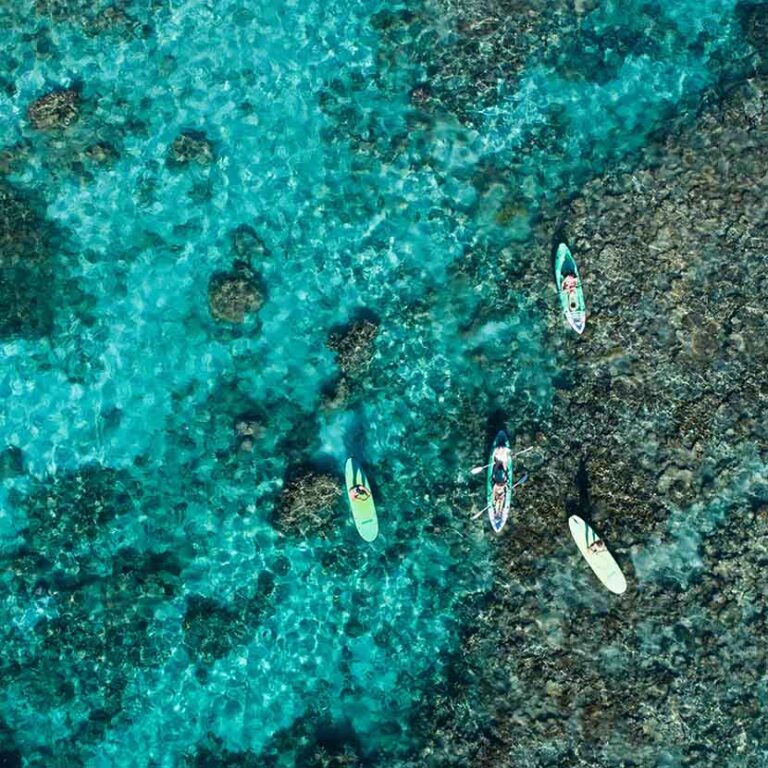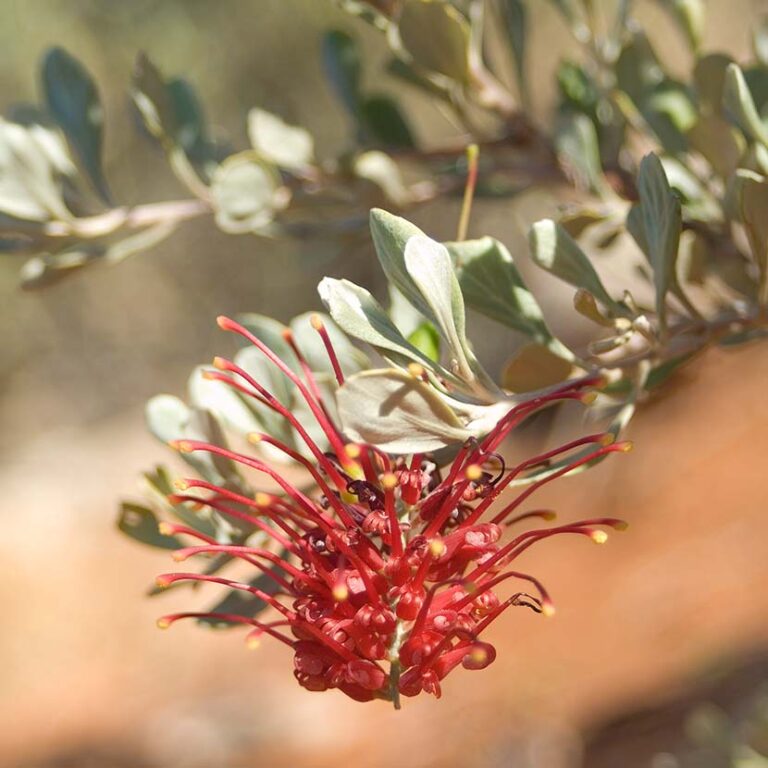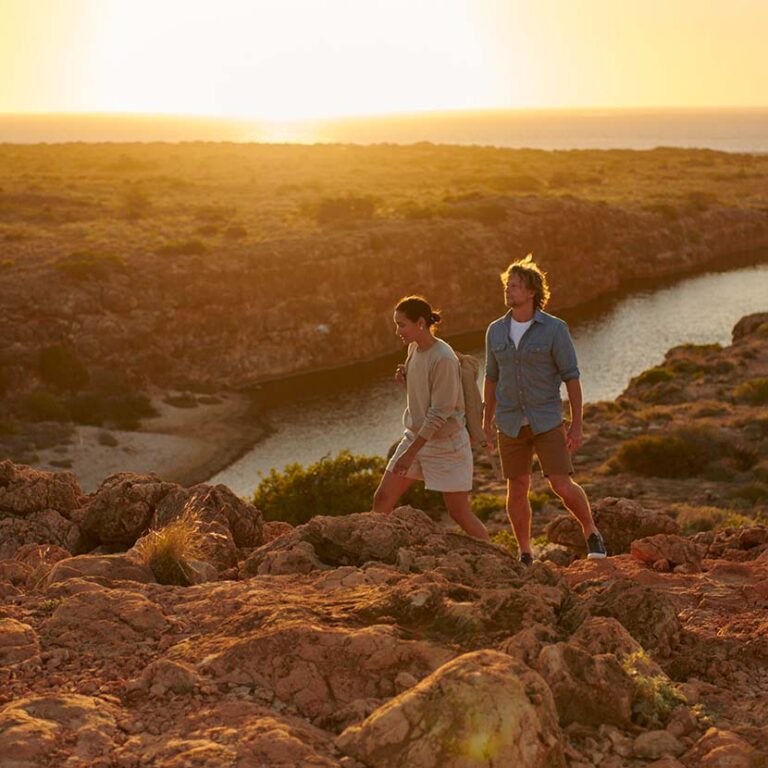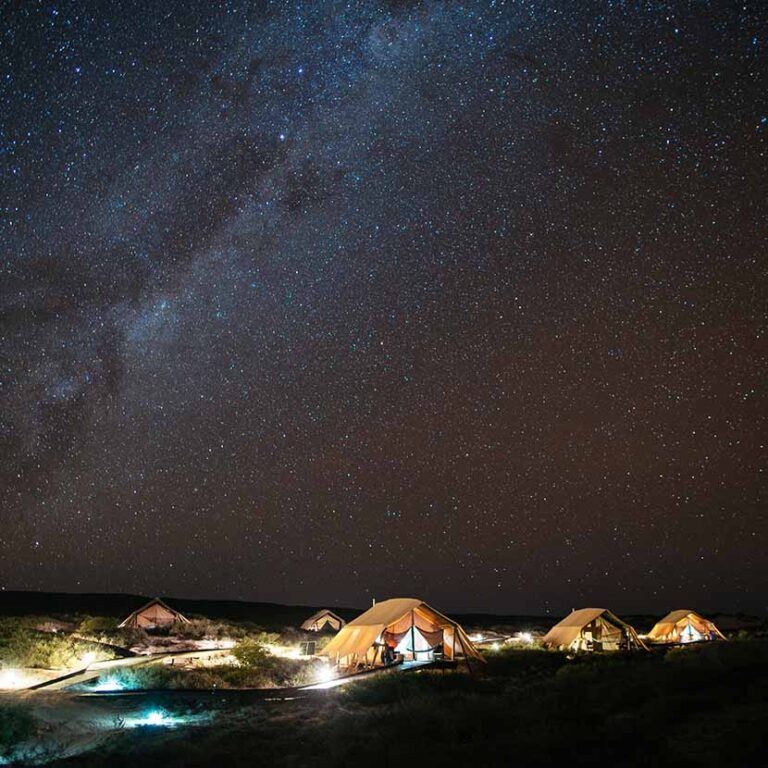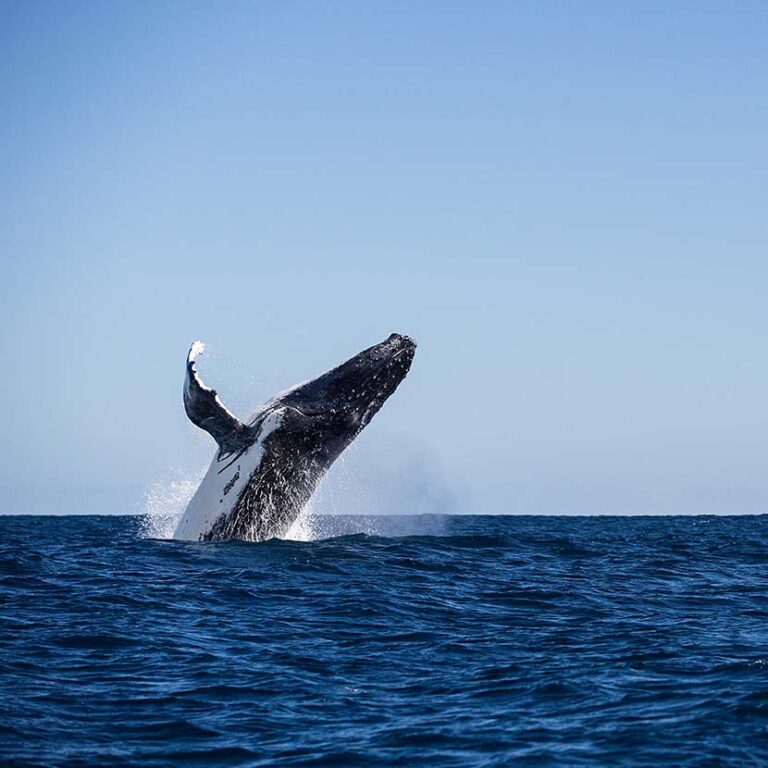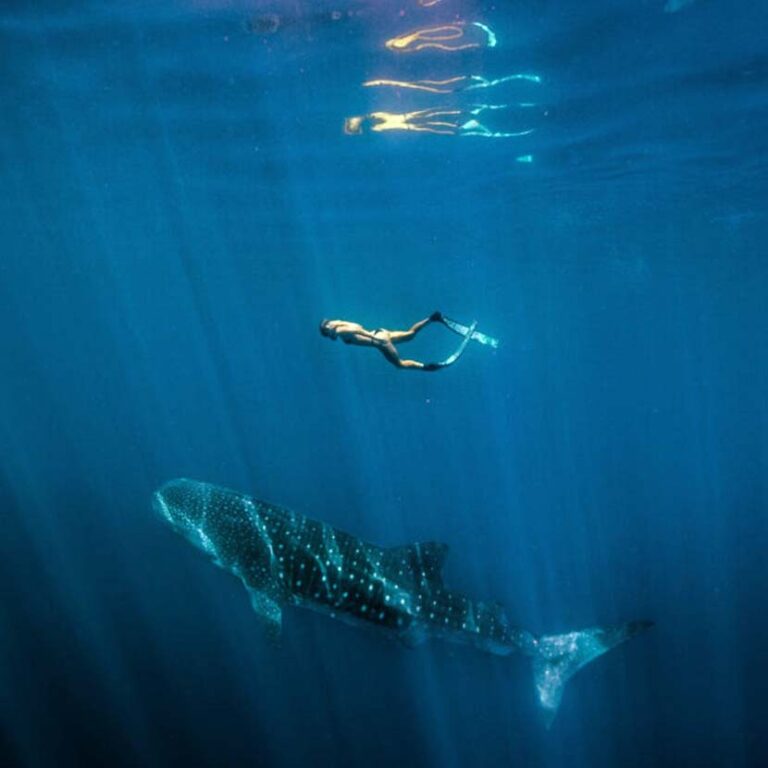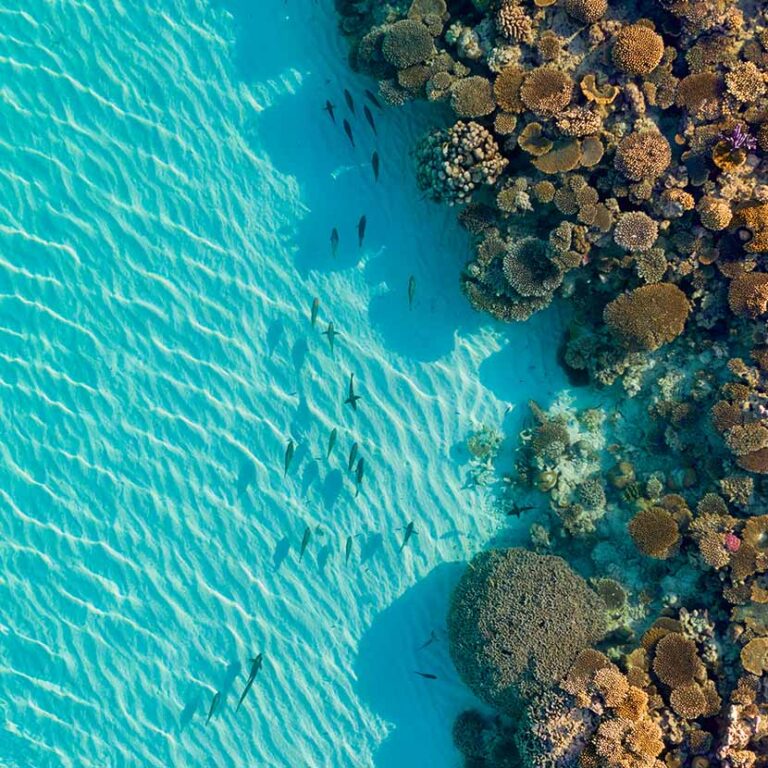Sal Salis
People & Purpose
Camouflaged among the coastal sand dunes between the twin World Heritage Areas of Ningaloo Reef and Cape Range National Park, Sal Salis is one of Australia’s most environmentally sound tourism properties. View case study
“We believe that tourism should contribute to the conservation of Australia’s natural and cultural heritage, particularly through education and example.”
John Barnett, Executive General Manager Camps & Lodges
Ningaloo is also recognised as one of the world’s best and most reliable places to see – and swim with – the world’s largest fish, the endangered whale shark.
The Ningaloo whale shark and humpback whale tourism industry is one of the most environmentally friendly and sustainably operated in the world. Swimming with the whale sharks and whales – and learning about their ecology – are among the most popular, and life-changing, activities for Sal Salis’ guests.
While marine adventures may be the major attraction, the rugged landscape of the Cape Range National Park is dissected by deep gorges such as Mandu Mandu and Yardie Creek, sheltering rare reptiles, birds and flora, many of which are found nowhere else on earth. The fossil-bearing limestone formations hide evidence of dinosaurs and a 30,000-year history of human habitation.
“Our motivation through the experiences we offer is to expose our guests to the beauty, complexity and fragility of the Ningaloo Reef and Cape Range ecosystems, fostering an understanding of our coexistence within the natural landscape, and the need for conservation.”
John Barnett, Executive General Manager Camps & Lodges
The luxury safari tents sit as lightly as possible on the landscape; they are set on raised platforms to protect the flora and fauna beneath them and at the end of each season the entire camp is dismantled, leaving barely a trace.
Sal Salis takes measures to minimise night-time light pollution as well as noise pollution; there is no air conditioning, tv, internet or mobile phone coverage at the camp.
Sal Salis encourages all guests to restrict their water usage to 20 litres per person, per day (compared with the industry average usage of 440 litres); all waste is meticulously removed from the site; ensuite bathrooms feature composting toilets and organic toiletries and solar power is also in use.
Established under a lease agreement with Western Australia’s Parks and Wildlife Service and developed under guidelines set down by the Western Australia Department of Environment and Conservation, it is a role model for partnerships between private sector tourism and National Parks.
OUR LITTLE WHITE BOOK
The Luxury Lodges of Australia brochure has become a treasured and widely recognisable ‘go to’ for Australian experiential luxury, enjoyed both online and in printed form at our lodges. The brochure is available to view or download in eight languages below.






